Efectividad de la Acupuntura en el Craving de Adultos Consumidores de Alcohol: Revisión Sistemática
Resumen
La morbilidad y mortalidad asociadas al consumo de alcohol continúan en aumento. Aunque existen diversos tratamientos farmacológicos y no farmacológicos para la adicción al alcohol, el craving es uno de los principales factores que desencadenan recaídas. Por ello, resulta crucial desarrollar estrategias innovadoras para manejar y regular el craving de manera efectiva. El objetivo fue analizar la evidencia científica disponible entre 2015 y abril de 2024 sobre la efectividad de la acupuntura en la regulación emocional del craving en adultos consumidores de alcohol. La metodología consistió en una revisión sistemática siguiendo las directrices PRISMA. Se identificaron 1,769 estudios elegibles; tras eliminar 476 duplicados, se evaluaron 1,293 estudios potenciales. Finalmente, dos estudios cumplieron con los criterios de inclusión para el análisis. Los resultados sugieren que la acupuntura, en sus diferentes modalidades, muestra un potencial prometedor como intervención complementaria para la regulación emocional y el manejo del craving en adultos con consumo de alcohol. La acupuntura demostró efectos positivos en indicadores críticos como la reducción del craving y la ansiedad, factores clave para prevenir recaídas en la dependencia alcohólica. En conclusión, esta revisión sistemática evidencia el potencial de la acupuntura como terapia de apoyo en el manejo del craving y la regulación emocional. Se recomienda realizar investigaciones futuras con muestras más amplias y diseños experimentales para fortalecer la base de evidencia.
Descargas
Citas
Abuye, N. O., & Sánchez-Pérez, I. (2021). Effectiveness of acupuncture and auriculotherapy to reduce the level of depression, anxiety and stress in emergency health personnel during the COVID-19 pandemic. Revista Internacional de Acupuntura, 15(2), 43-50. https://doi.org/10.1016/J.ACU.2021.04.001
Anton, R. F., Schacht, J. P., & Book, S. W. (2014). Pharmacologic treatment of alcoholism. Handbook of Clinical Neurology, 125, 527-542. https://doi.org/10.1016/B978-0-444-62619-6.00030-6
Bergdahl, L., Broman, J. E., Berman, A. H., Haglund, K., von Knorring, L., & Markström, A. (2017). Auricular acupuncture versus cognitive behavioural therapy in the discontinuation of hypnotic drug usage, and treatment effects on anxiety, depression and insomnia symptoms − a randomized controlled study. European Journal of Integrative Medicine, 16, 15-21. https://doi.org/10.1016/J.EUJIM.2017.10.002
Black, S., Carey, E., Webber, A., Neish, N., & Gilbert, R. (2011). Determining the efficacy of auricular acupuncture for reducing anxiety in patients withdrawing from psychoactive drugs. Journal of Substance Abuse Treatment, 41(3), 279-287. https://doi.org/10.1016/J.JSAT.2011.04.001
Campbell, A. D., & McBride, W. J. (1995). Serotonin-3 receptor and ethanol-stimulated dopamine release in the nucleus accumbens. Pharmacology Biochemistry and Behavior, 51(4), 835-842. https://doi.org/10.1016/0091-3057(95)00050-7
Alegría Bernal, C. M. (2024). La Norma Iso 21001 Y Su Aplicación En El Ámbito De La Educación Superior. Estudios Y Perspectivas Revista Científica Y Académica , 4(2), 374–389. https://doi.org/10.61384/r.c.a.v4i2.228
Zeballos , F. (2024). Shock Séptico en Terapia Intensiva Adulto del Hospital San Juan de Dios de la Ciudad de Tarija: Revista Científica de Salud y Desarrollo Humano. Revista Científica De Salud Y Desarrollo Humano, 5(2), 179–191. https://doi.org/10.61368/r.s.d.h.v5i2.128
Gallegos Medina, S. L. (2024). Desarrollo Sociocultural durante la Primera Infancia desde una Perspectiva Psicológica. Emergentes - Revista Científica, 4(1), 12–21. https://doi.org/10.60112/erc.v4i1.86
Montes López, V. (2023). Socioeconomic Inequalities in Health: A Challenge for Equity. Revista Veritas De Difusão Científica, 4(1), 18–29. https://doi.org/10.61616/rvdc.v4i1.35
Fernández C., F. (2024). Determinación De Erodabilidad En Áreas De Influencia Cuenca Poopo Región Andina De Bolivia. Horizonte Académico, 4(4), 63–78. Recuperado a partir de https://horizonteacademico.org/index.php/horizonte/article/view/19
Medina Nolasco, E. K., Mendoza Buleje, E. R., Vilca Apaza, G. R., Mamani Fernández, N. N., & Alfaro Campos, K. (2024). Tamizaje de cáncer de cuello uterino en mujeres de una región Andina del Perú. Arandu UTIC, 11(1), 50–63. https://doi.org/10.69639/arandu.v11i1.177
Da Silva Santos , F., & López Vargas , R. (2020). Efecto del Estrés en la Función Inmune en Pacientes con Enfermedades Autoinmunes: una Revisión de Estudios Latinoamericanos. Revista Científica De Salud Y Desarrollo Humano, 1(1), 46–59. https://doi.org/10.61368/r.s.d.h.v1i1.9
Cisneros, D. A., & García, J. A. (2020). El Shen y su enfoque tradicional chino (Tesis de licenciatura). Escuela Dragón de Jade. http://escueladragondejade.com/wp-content/uploads/2020/11/Garcia-Juan-Cisneros-Davis-EL-SHEN-Y-SU-ENFOQUE-TRADICIONAL-CHINO.pdf
Cowan, D. (2011). Methodological issues in evaluating auricular acupuncture therapy for problems arising from the use of drugs and alcohol. Acupuncture in Medicine: Journal of the British Medical Acupuncture Society, 29(3), 227-229. https://doi.org/10.1136/AIM.2010.003772
Cui, C. L., Wu, L. Z., & Luo, F. (2008). Acupuncture for the treatment of drug addiction. Neurochemical Research, 33(10), 2013-2022. https://doi.org/10.1007/s11064-008-9784-8
Gómez, G. E., & Valencia, V. D. (Eds.). (2024). De emociones, agencia y adicciones. Entre la destrucción y la esperanza: Aportes y reflexiones desde un estado del arte. Instituto Tecnológico y de Estudios Superiores de Occidente. https://doi.org/10.31391/cclt7859
Higgins JPT, Thomas J, Chandler J, Cumpston M, Li T, Page MJ, Welch VA (editors). Cochrane Handbook for Systematic Reviews of Interventions. 2nd Edition. Chichester (UK): John Wiley & Sons, 2019.
Instituto Nacional de Psiquiatría Ramón de la Fuente Muñiz; Instituto Nacional de Salud Pública, Comisión Nacional Contra las Adicciones, Secretaría de Salud. Encuesta Nacional de Consumo de Drogas, Alcohol y Tabaco 2016-2017: Reporte de Alcohol. Villatoro-Velázquez JA, Resendiz Escobar, E., Mujica Salazar, A., Bretón-Cirett, M., Cañas-Martínez, V., Soto Hernández, I., FregosoIto, D., Fleiz-Bautista, C., Medina-Mora ME., Gutiérrez-Reyes, J., FrancoNúñez, A., Romero-Martínez, M. & Mendoza-Alvarado, L. Ciudad de México, México: INPRFM; 2017. Disponible en: www.inprf.gob.mx, www.cenadic.salud.gob.mx
Khaderi, S. A. (2019). Introduction: Alcohol and Alcoholism. Clinics in Liver Disease, 23(1), 1-10. https://doi.org/10.1016/J.CLD.2018.09.009
Krause, F., Penzlin, A. I., Ritschel, G., Barlinn, K., Reichmann, H., Weidner, K., Siepmann, M., & Siepmann, T. (2020). Randomized controlled three-arm study of NADA acupuncture for alcohol addiction. Addictive Behaviors, 110. https://doi.org/10.1016/j.addbeh.2020.106488
Lee, J. S., Kim, S. G., Jung, T. G., Jung, W. Y., & Kim, S. Y. (2015). Effect of Zhubin (KI9) acupuncture in reducing alcohol craving in patients with alcohol dependence: A randomized placebo-controlled trial. Chinese Journal of Integrative Medicine, 21(4), 307-311. https://doi.org/10.1007/s11655-014-1851-1
Maciocia, G. (2015). Los fundamentos de la medicina china: Texto de referencia para acupuntores y fitoterapeutas (2ª ed.). Elsevier.
Maciocia, G. (2009). The psyche in Chinese medicine. Treatment of emotional and mental disharmonies with acupuncture and Chinese herbs. Churchill Livingstone, 28(1), 57-58. https://pubmed.ncbi.nlm.nih.gov/23981404/
McPherson, F., & McGraw, L. (2013). Treating generalized anxiety disorder using complementary and alternative medicine. Alternative Therapies in Health and Medicine, 19(5), 45-50.
Martín, N., Orbe, A., Montero, I., & Gómez, B. (2018). Impacto social de la auriculoterapia en pacientes con estrés y ansiedad. Revista Chakiñan de Ciencias Sociales y Humanidades, 5, 146-156. http://scielo.senescyt.gob.ec/scielo.php?script=sci_arttext&pid=S2550-67222018000100146&lang=pt
Müller-Oehring, E. M., & Schulte, T. (2014). Cognition, emotion, and attention. Handbook of Clinical Neurology, 125, 341-354. https://doi.org/10.1016/B978-0-444-62619-6.00020-3
Odlaci, R., & Duarte, L. (2022). Acupuntura como ferramenta de cuidado emocional e bem-estar. Diversitá: Revista Multidisciplinar Do Centro Universitário Cidade Verde, 8(1). https://revista.unifcv.edu.br/index.php/revistapos/article/view/396
Organización Mundial de la Salud (2024). Alcohol. https://www.who.int/es/news-room/fact-sheets/detail/alcohol
Pervin, Z., & Stephen, J. M. (2021). Effect of alcohol on the central nervous system to develop neurological disorder: pathophysiological and lifestyle modulation can be potential therapeutic options for alcohol-induced neurotoxication. AIMS Neuroscience, 8(3), 390-413. https://doi.org/10.3934/NEUROSCIENCE.2021021
Ponce, G., Arriero, M. A., & Rubio, G. (2003). Tratamiento farmacológico de la dependencia alcohólica. Trastornos Adictivos. https://www.elsevier.es/es-revista-trastornos-adictivos-182-articulo-tratamiento-farmacologico-dependencia-alcoholica-13045024
Rassnick, S., D’amico, E., Riley, E., Pulvirenti, L., Zieglgänsberger, W., & Koob, G. F. (1992). GABA and nucleus accumbens glutamate neurotransmission modulate ethanol self-administration in rats. Annals of the New York Academy of Sciences, 654(1), 502-505.
https://doi.org/10.1111/J.1749-6632.1992.TB26013.X
Rodríguez, T. A., & Torres, T. M. (2024). Estrategias no farmacológicas en el tratamiento de la ansiedad. Atención Primaria Práctica, 6(2), 100193.
https://doi.org/10.1016/J.APPR.2024.100193
Saavedra, N. S. (2016). Conceptualización de las emociones en tres sistemas médicos: la medicina tradicional china, ayurveda y medicina tradicional mexicana. Revista latinoamericana de estudios sobre cuerpos, emociones y sociedad, 8, 41-53.
https://www.redalyc.org/journal/2732/273245298005/html/
Seo, D., & Sinha, R. (2014). The neurobiology of alcohol craving and relapse. Handbook of Clinical Neurology, 125, 355-368. https://doi.org/10.1016/B978-0-444-62619-6.00021-5
Skinner, M. D., & Aubin, H. J. (2010). Craving's place in addiction theory: contributions of the major models. Neuroscience and biobehavioral reviews, 34(4), 606-623. https://doi.org/10.1016/j.neubiorev.2009.11.024
Vedor, J. E. (2023). Revisiting Carl Jung’s archetype theory a psychobiological approach. Bio Systems, 234. https://doi.org/10.1016/J.BIOSYSTEMS.2023.105059
Villarreal-Mata, J. L., Sánchez-Gómez, M., Navarro-Oliva, E. I. P., Castillo, M. M. A., Facundo, F. R. G., García, K. S. L., & Esteve, E. B. (2022). Inteligencia emocional como mediador del craving y el riesgo de recaída en adultos en tratamiento por consumo de alcohol. Revista Científica Salud Uninorte, 38(3), 729-741. https://doi.org/10.14482/SUN.38.3.152.4/
Volkow, N. D., Fowler, J. S., Wang, G. J., Swanson, J. M., & Telang, F. (2007). Dopamine in drug abuse and addiction: results of imaging studies and treatment implications. Archives of Neurology, 64(11), 1575-1579. https://doi.org/10.1001/ARCHNEUR.64.11.1575
Weiss, F., & Porrino, L. J. (2002). Behavioral Neurobiology of Alcohol Addiction: Recent Advances and Challenges. In The Journal of Neuroscience 9(22).
https://pubmed.ncbi.nlm.nih.gov/11978808/
Wirz-Ridolfi, A. (2019). The History of Ear Acupuncture and Ear Cartography: Why Precise Mapping of Auricular Points Is Important. Https://Home.Liebertpub.Com/Acu, 31(3), 145-156.
https://doi.org/10.1089/ACU.2019.1349
Wolfe, M., Menon, A., Oto, M., Fullerton, N. E., & Leach, J. P. (2023). Alcohol and the central nervous system. Practical Neurology, 23(4), 273-285. https://doi.org/10.1136/PN-2023-003817
Derechos de autor 2025 Julia Lizeth Villarreal Mata, Roberto Alexander Cantú Elizondo, Laura Alvarado Leyva, Julio César Delgadillo González, Edgar Omar Vázquez Puente

Esta obra está bajo licencia internacional Creative Commons Reconocimiento 4.0.



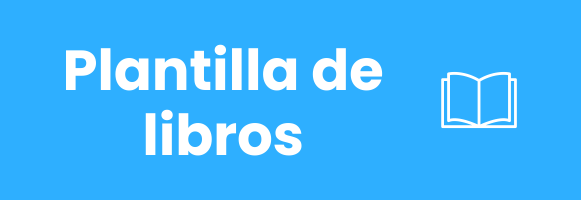
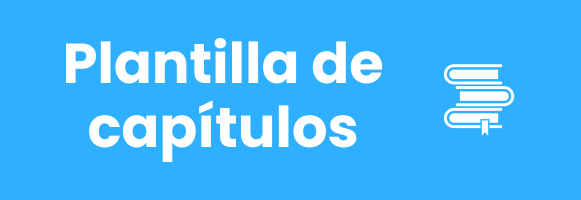
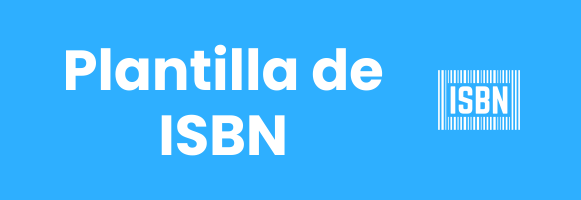




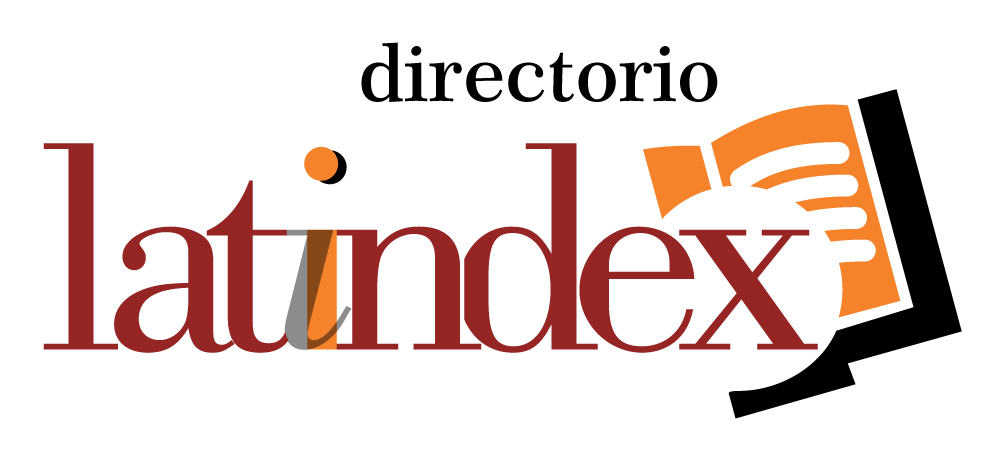
.png)
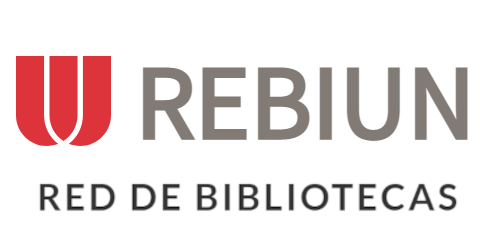







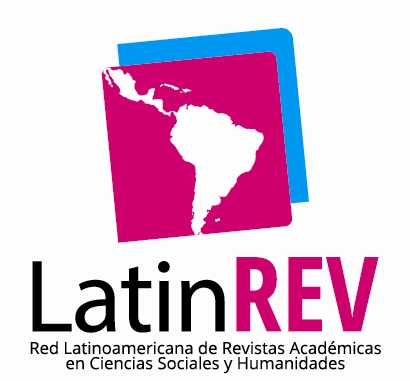




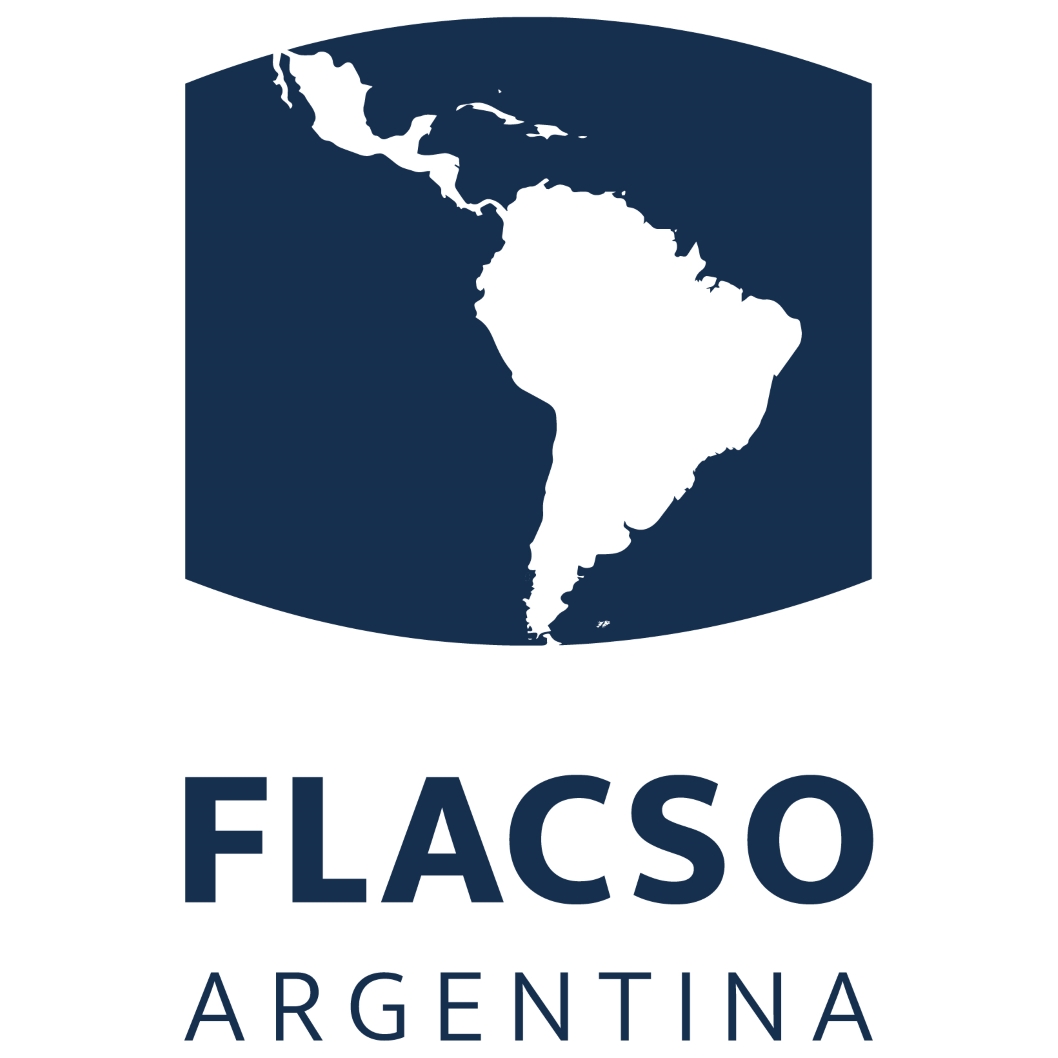

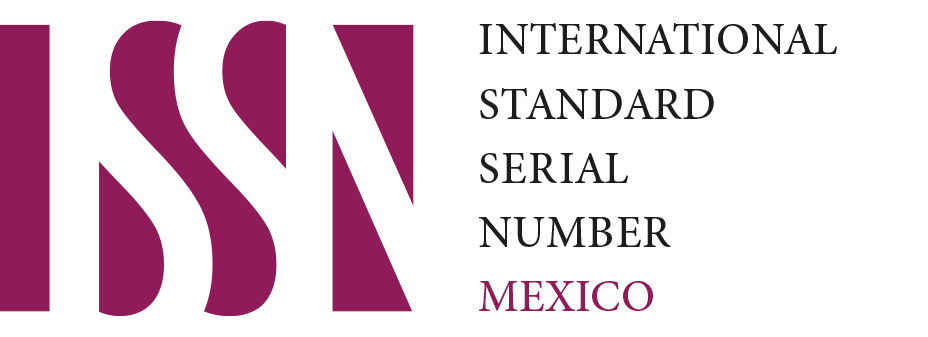
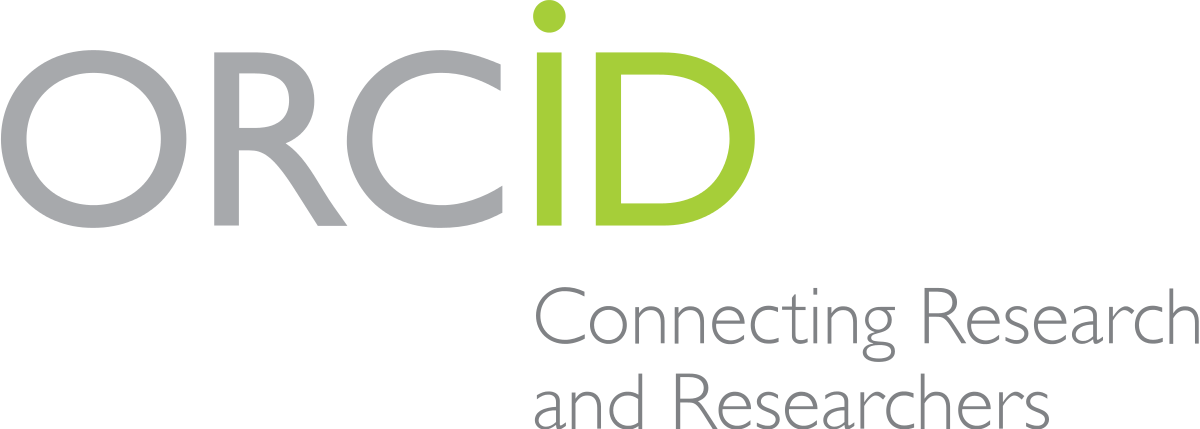



.png)
1.png)


